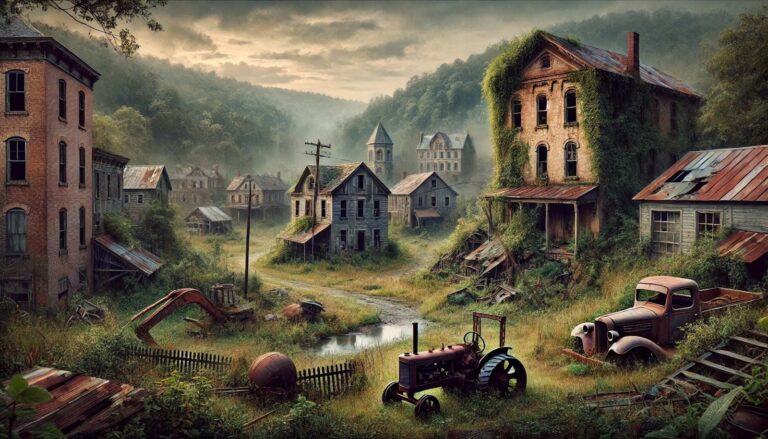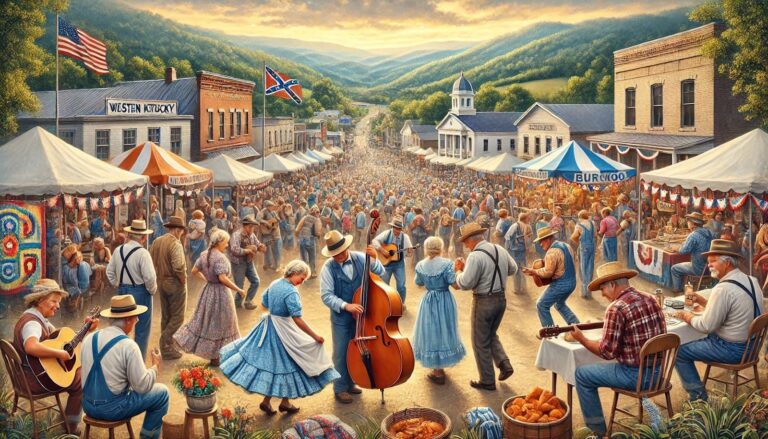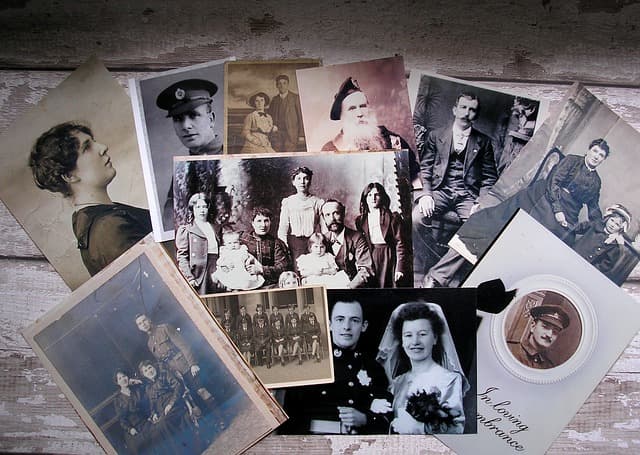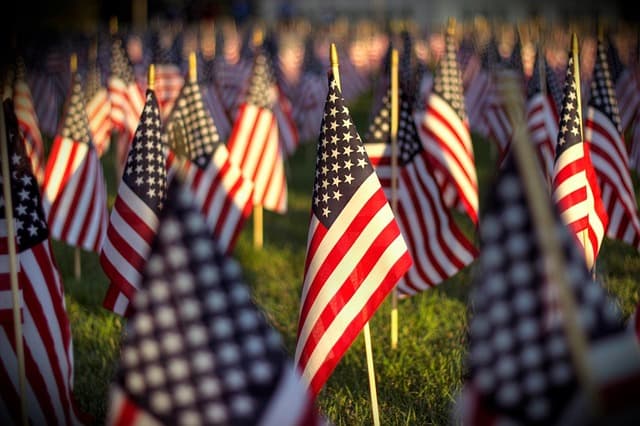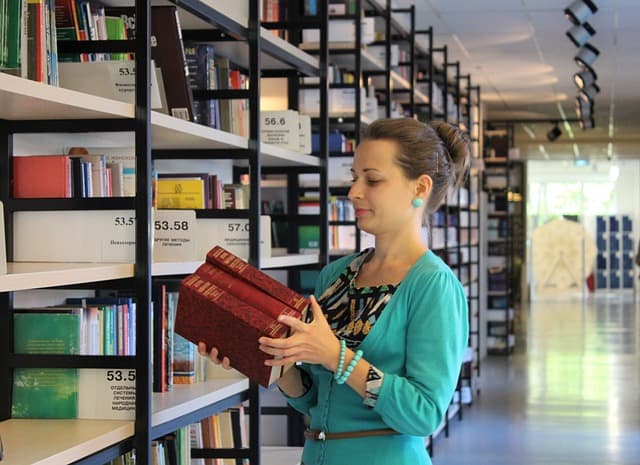Christian County, located in western Kentucky, has a rich and mystical history. Its nightlife is not only about modern bars and festivals, but also about ancient legends, mysterious events, and historical sites that hide many secrets.
Ghosts of the old court
One of the most famous myths of the county is related to the old courthouse in Hopkinsville. The building, built in the 19th century, has survived numerous trials and executions of criminals. Locals talk about strange sounds, footsteps, and flickering lights that can be seen at night. Some even claim to have seen ghostly figures wandering the dark corridors.
Attack by little aliens
Another famous story occurred in 1955 when the Kelly family encountered allegedly alien beings. They claimed that small silver humanoids tried to break into their house, forcing them to defend themselves with weapons. This became one of the most mysterious events in the history of UFOs in the United States.
Mysterious lights along old roads
Travelers traveling on the county’s nighttime roads often report unusual lights hovering in the air or following cars. Some believe these are the spirits of dead travelers or ancient signals warning of danger.
The dark legacy of the Civil War
During the Civil War, Christian County was the scene of fierce fighting. According to legend, you can still hear the echo of cannons in the fields where battles once took place, and at night the ghosts of soldiers who never found peace appear.
Christian County is a place where history and legends are intertwined in a mysterious picture. Its nightlife is full of mysticism, making residents and visitors wonder: what is hiding in the darkness?

